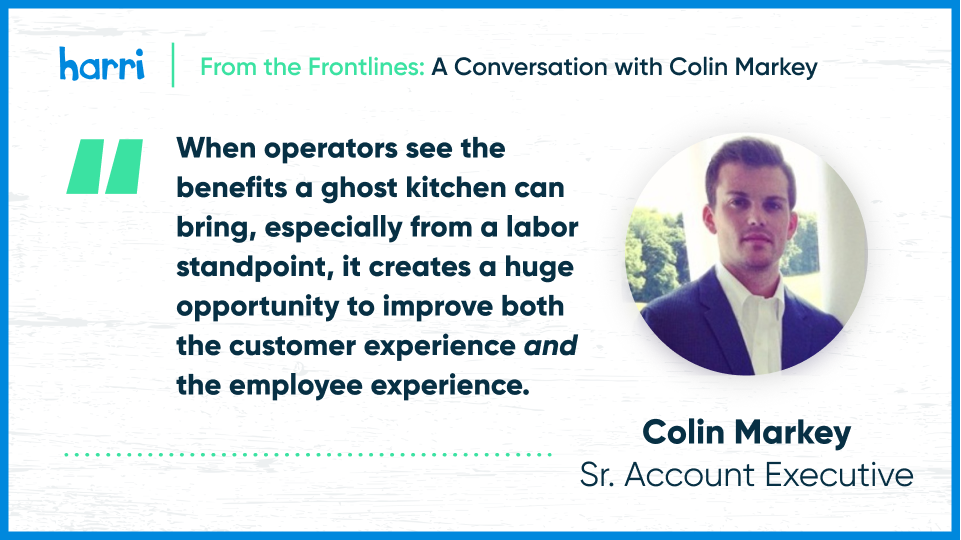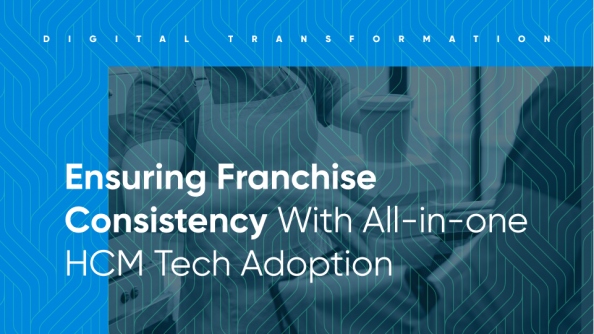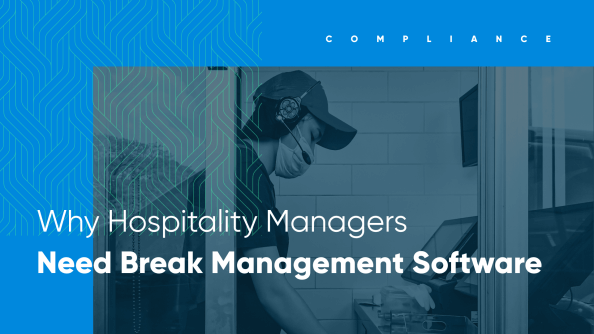From The Frontlines: A Conversation With Colin Markey On Ghost Kitchens for Labor Efficiency

- By Harri Insider Team | July 27, 2021
Welcome back to another episode of From the Frontlines! In this series, we highlight members of Team Harri who have inside insights into the latest hospitality trends. This week we met with Colin Markey, a Senior Account Executive at Harri, to discuss how ghost kitchens can be used as an unexpected recruiting and labor efficiency tool.
Welcome back Colin, we’re excited to chat with you today! Are you seeing any unique solutions to hospitality’s labor shortage that you hadn’t anticipated?
Great to be back. Yes, we’re actually seeing ghost kitchens growing in popularity as a means for restauranteurs to fill labor gaps. It’s actually a very interesting method to increase order volume without incurring massive labor costs.
A restaurant operator can find a kitchen in the area that has the same ingredients and equipment needed to prepare some of their menu items. A ghost kitchen doesn’t need to replicate the entire menu, They’ll use that restaurant’s labor to accept orders, prepare the food, and deliver it to customers. All of the ordering is done online, and the restaurant operator will pay some sort of fees related to service and supplies.
But the real benefit is that, while these kitchens are preparing the food, your existing teams can continue dedicating 100% of their time to your core locations. And because you’re not using your team members, overtime, compliance (like with Fair Workweek), and other wage-related costs are handed off to the ghost kitchen. That saves a lot of money and headache.
Wow, I didn’t realize ghost kitchens help avoid compliance! What other use cases might there be for ghost kitchens?
There’s a ton of room for creativity. Maybe your brand operates in multiple states but had to close a few stores after the pandemic hit. Ghost kitchens can be a way to reach those target markets again in preparation for reopening locations in certain areas. Some businesses use them to test certain items before going live with them in brick-and-mortar locations.
Ghost kitchen can also be used for an online rebrand of your existing food if your menu is feeling stale without taking away from your core business and branding. This is also an excellent way to source more employees if you’re looking to grow your team. Someone might apply to a ghost kitchen “brand,” but can be redirected to your restaurant(s) career page as the parent company.
How might larger brands or hospitality groups encourage their individual stores to take on the ghost kitchen module?
Similar to how you would have employee referral programs, brand referral programs, or internal marketing strategies, could be used to showcase the benefits of these ghost kitchens. A lot of times operators might be hesitant to join because they don’t fully understand what it’s about. But when they see the benefits a ghost kitchen can bring, especially from a labor standpoint, it creates a huge opportunity to improve both the customer experience and the employee experience.
One popular concern regarding ghost kitchens is quality control. How can operators ensure high-quality food?
While labor flexibility is a huge benefit, quality control is a possible negative that could come with ghost kitchens. Our recommendation is to work with trusted brands or restaurants that you already have a relationship with, so you know they’ll put care into your food. If you work in a restaurant group with hundreds of locations, collaborating that way is an excellent way to ensure your food is maintaining a certain quality standard.
Some online brands that help restaurants utilize ghost kitchens have requirements before you can join. Partnering with those groups can also be smart because there are already rules and processes in place to ensure quality orders.




















